mytest
eBooks, Books, and more from ARUDOU Debito (click on icon):
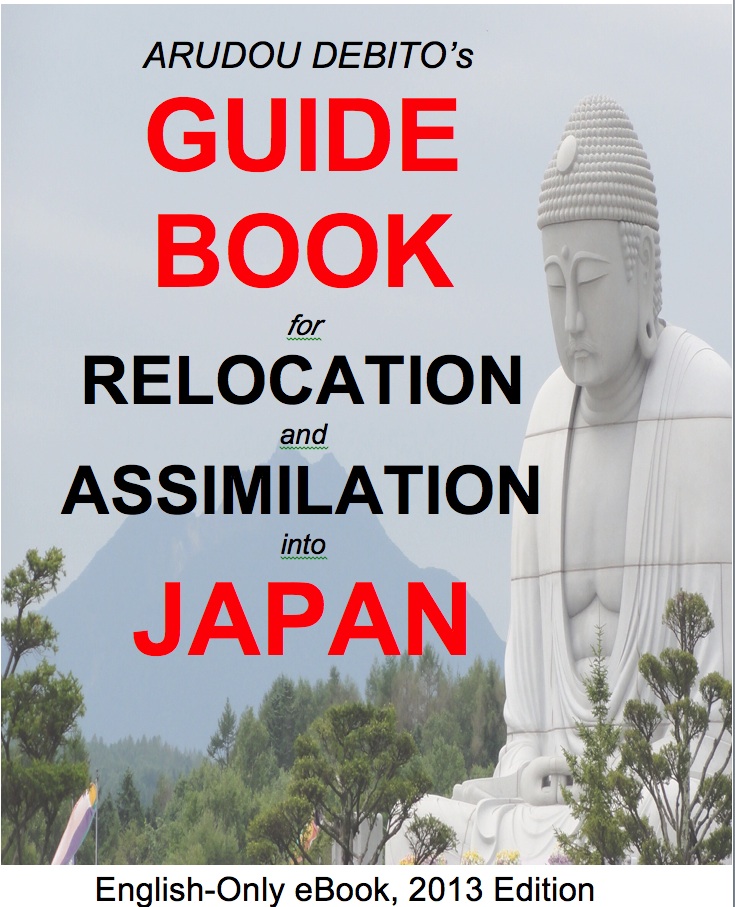
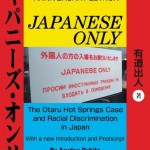
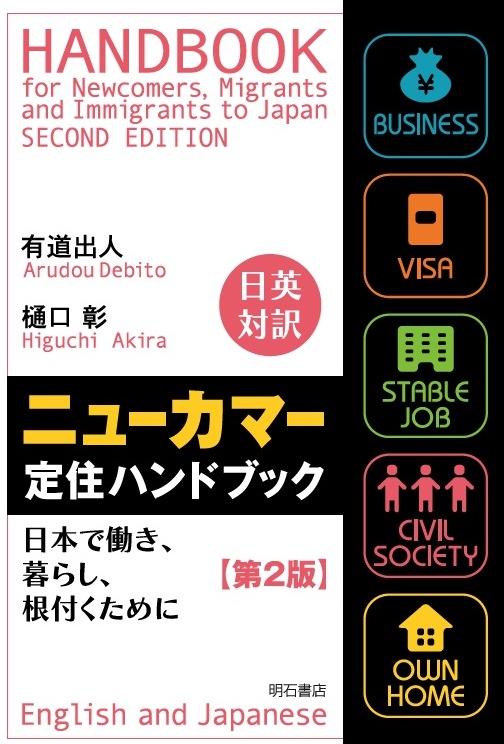


![]()

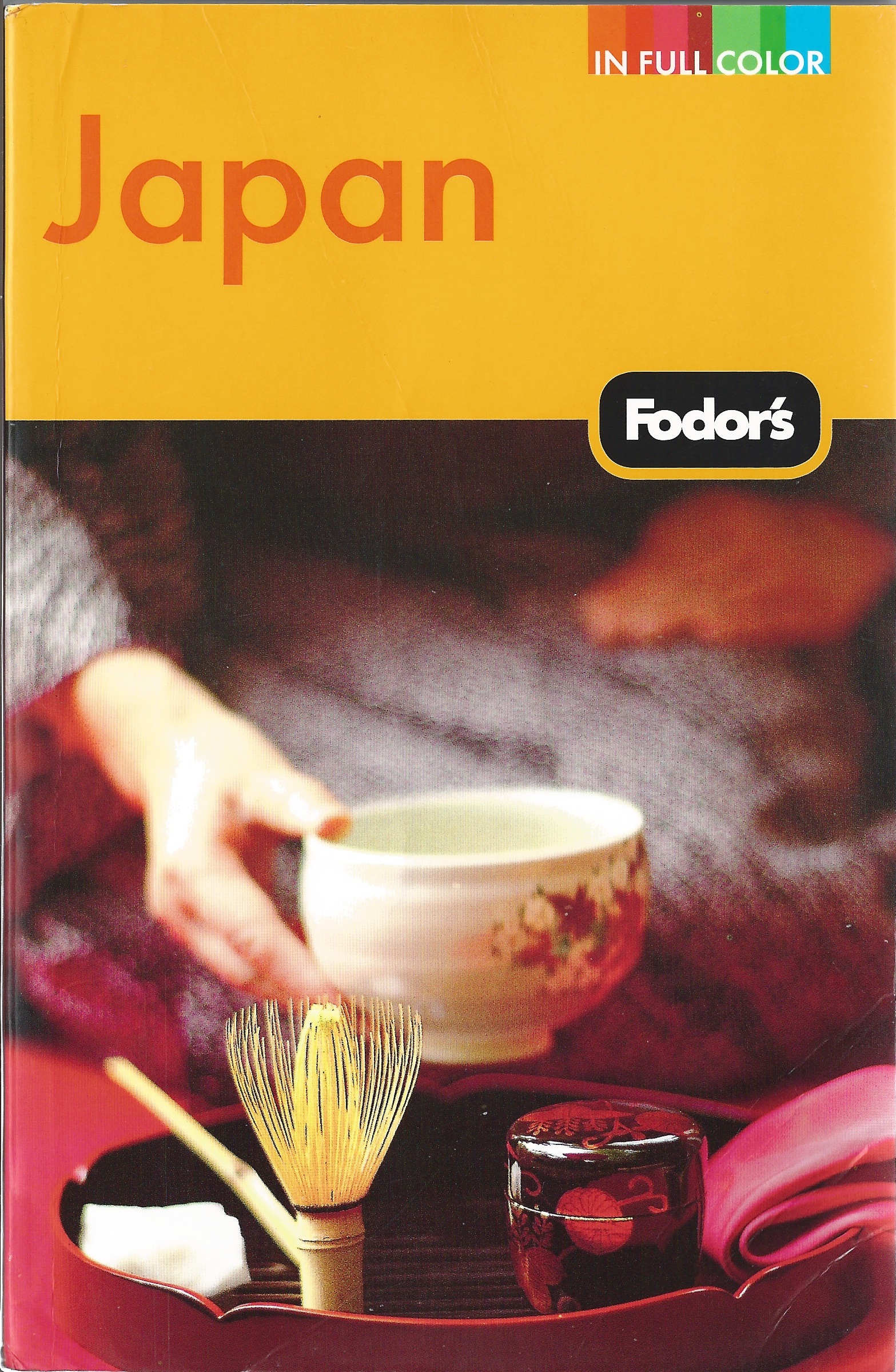
UPDATES ON TWITTER: arudoudebito
DEBITO.ORG PODCASTS on iTunes, subscribe free
“LIKE” US on Facebook at http://www.facebook.com/debitoorg
http://www.facebook.com/handbookimmigrants
https://www.facebook.com/JapaneseOnlyTheBook
https://www.facebook.com/BookInAppropriate
If you like what you read and discuss on Debito.org, please consider helping us stop hackers and defray maintenance costs with a little Paypal donation:
Thanks for your support!
Hi Blog. Got this from KM a short time ago, regarding Japan’s “Points System” visa:
=================================
February 23, 2014
Hi Debito! Don’t want to make a mountain out of a mole hill but the illustration at the top of this page interests me:
http://www.immi-moj.go.jp/newimmiact_3/index.html
Almost all of the “highly-skilled” people have non-Asian looking noses. The only people that look like they might be from Korea or China are a family and the father is dressed as a factory worker. Like I say, I don’t want to read too much into this illustration but it does seem to be indicative of a tendency to want to exclude people from neighboring countries from the “preferred” group of foreigners.
=================================
What do you think? Is there mountaining out of molehills here? ARUDOU, Debito
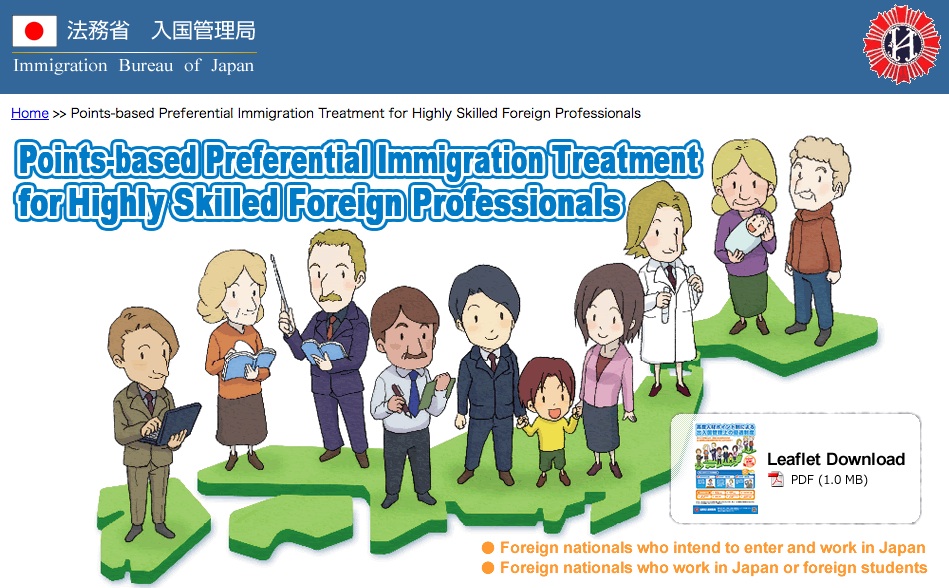
9 comments on “Immigration Bureau: Points System visa and visual images of who might be qualified to apply”
“The only people that look like they might be from Korea or China are a family and the father is dressed as a factory worker.”
“What do you think? Is there mountaining out of molehills here?”
In a way, yes, the GOJ is “classing” and discriminating applicants by race. But whoever made this ad probably does it sub-consciously.
Generously speaking, I think naive Japanese digests information they read about foreigners in a “matter-of-fact” and not think any further on it.
Not sure how to put it but, I would think that whoever drew this would draw a foreigner stereotypically and not think much about it. He/she would draw a NJ as a teacher/factory worker/salaryman with the same mindset as he/she would draw and color the sky blue.
So in a sense, this could be drawn without any thought being put into it at all.
But is it offensive? In a way yes, because stereotyping and discrimination is still wrong even if whoever made that diagram had no clue what he/she is doing and should be taught that it is wrong.
Also, in regards to the “Asian guy”, I don’t think he looks like a factory worker, but rather closer to a “entry-level” salaryman. i.e. “IT help-desk”, “Clerical”, “Intern”, etc. But still compared to the other NJ in the picture, the “salaryman Asian” looks like he works in a position with no power.
Also, the “Asian guy” is the ONLY character NOT carrying a book or computer(high-tech gadget). Which appears be a subtle message assuming that Eastern-NJ are less intelligent and less tech-savvy than Western-NJ.
But fine details aside, I agree with debito that the Asian guy does look and feel lesser than the other NJ in the picture.
When put beside the other NJ, it seems like Westerners are the only sole innovators, leaders and scholars in the picture.
Unfortunately, Western-NJ aren’t spared in the picture either. ALL of the Western noses are extremely exaggerated. The GOJ and whoever drew this didn’t even bother being subtle with stereotypes.
Also from dress attire it seems that the blonde NJ characters look more like CEOs and professors while the brown-haired NJ character looks dressed more like a middle manager.
Going by dress attire alone, the picture does speak volumes of how race is structured and viewed in Japan.
This the the picture I see:
The blondest 2 in the middle look like college teachers.
The guy on the far left looks like a young MBA grad.
The brown haired guy with a mustache looks someone who works under the MBA grad on the far left.
And the Asian guy on the far right would likely be someone who was interviewed and hired to work with or under the brown haired guy. Both who will be working under the slightly blonde MBA grad who learned from the blondest of blonde college professors.
So in a way, the picture also discriminates Caucasian NJ who are not quite blonde enough.
— Note also how NJ of, for example, African descent are completely absent… It seems the “ideal type” of skilled worker doesn’t include them. Point is, the racialized categorization of people thusly is rife in Japan (recall former PM Aso’s comment when he was Economic Minister in 2001 about wanting “rich Jews” to come live in Japan), and now that includes skill sets.
“Note also how NJ of, for example, African descent are completely absent..”
Ha, as a person of indeterminate “browner-than-a-paperbag”-ethnicity myself this was actually the first thing that I noticed. No, we really don’t seem to be the first thing that comes to japanese mind when they think about “high skill foreigners”. Well, shrugs I guess. Not really much offended though, because I imagine on the other hand if they decided to throw a token african in there they’d still manage to mess it up hilarously/ignorant with something like their large lip illustrations etc.
Mountains out of molehills, I don’t know – if everything was nice and peachy in Japan, complaining about just a single graphic would be rather over-reaching, but as shown here in fact by the many articles, the system itself has serious problems, and it seems fair to indicate where instances point to underlying issues. Actually, from an asthetic standpoint, I’m rather more offended by the seemingly japanese inclination to plaster cutesy little manga characters onto everything, no matter how un/necessary (for visual understanding) or in/appropriate (given the subject matter) it may not be. But that’s just my grumpy grown-up sensibilities. It may be they do it to make it feel softer and relaxing, but when I see (serious) issues illustrated like straight out of a childrens’ book, I feel as being talked to like child. Can’t imagine any other countries’ government offices using such a kindergarten aesthetic, for example, well I guess that’s a point for “unique Japan” anyway.
I’d actually be more interested if there’s anything new or otherwise interesting beyond the cover here, so to speak. I followed the saga of the “points system” on your blog, from the byzantine requirements to the “not-meeting-target-numbers”-whoops. How did they come up with their estimated 2000 people anyway ? If they’d first looked at the actual statistics on how many people would qualify for the visa regime right now, they could’ve gotten a realistic estimate and spared themselves much embarassment. Instead they probably just pulled the numbers they wanted out of their buerocratic behinds operating on a “if you build it, they will come”- cargo cult mentality. Similar, on the other end of the “low skilled”-spectrum, the failure of the nurse program came to no surprise, if one looks at it with your “revolving door”-paradigm. If kanji-literacy really is so important to be a dealbreaker, why not target nurses from China, Korea instead of SEA; because they might pass and settle and couldn’t be simply sent home for the next batch after extracting 2-3 years of cheap surplus labor from them, I guess ? And yes I actually did elder care work myself years ago when I immigrated into my country where I didn’t speak much of the language yet, and let me tell you most of the nursing industry is just a shitjob exploitation sham itself. But that’s another story. Just to say I can understand what’s probably going on there.
Not bad- they are moving forward.
But then, on closer analysis…looking at it, I feel that there is a “Sad lack of black people” as even P.J. O’Rourke would have commented immediately.
That’s disgraceful.
If this is an attempt by the GOJ to be “inclusive” and recognize “diversity,” the fact that that there isn’t an image of a black person speaks volumes about who is, and who isn’t welcome.
On the other hand, placing an Asian family (or is it a happy young Japanese family there living in the center, in Tokyo) is kind of problematical. Either they have taken the radical step of putting a non-Japanese professional couple in Tokyo living in harmony with all the gaijin safely dispersed away from the center, meaning that they are valuing NJ as professional white collar human resources, OR they are stereotype reinforcing. The gaijin on the peripheries support Mr. and Mrs. Tanaka and young Kenji as they do their professional white collar Setaguya Salariman, 5,000 man tampo for prefab house and lifelong service to some company in the traditional Japanese way for a bright new future of gainjin skills supporting more of the same.
Or am I just being cynical.
It’s come a long way from the stickers in ATM lobbies with cartoons of narrow “slitty-eyed Asians” with eyes drawn in dashes pointing down to the nose (=evil, ayashi, devious NJ Asians and not Japanese, who are always smiling or looking coy or innocent with dot- or round-eyed faces and Stepford Wives-Setagaya Salariman clothes) about to steal your handbag, etc.
Let’s have happi peripheral gaijin for our honorable harmonious gajin guests?
Japan’s immigration policy is as opaque as it whaling “for research purposes only” program. I.e. The stated policy and actual goal are quite different.
They want the short-term labor, but do not want the disruptive effect of an entrenched minority with rights to stay, vote, question authority and speak their minds. So they keep coming up with programs that allow entry, but virtually prohibit staying.
Every few years they have to change the program, as it never has, and never will, attain the stated goals.
PS: IMHO, Japan really does not want Africans or Muslims. I think this is evident in their immigration materials.
Is anybody still fooled by the facade?
White, European, Caucasian-looking individuals. That’s the typical image of immigrants (or immigration-seekers) Japan creates. No Asians, no Africans, no Muslims, no Latinos, no Islanders whatsoever.
In contrast, there is a call for need to recruit tens of thousands of foreign construction workers, who will likely be treated as an expendable day-labor for the 2020 Tokyo Olympics Games.
Here’s an online Japanese article from THE PAGE:
日本は表向きは移民に対して極めて厳しい制限を行っていることになっていますが、実際はそうではありません。日本には外国人研修制度や技能実習制度という仕組みがあり、すでに研修という名を借りた移民政策が実施されているのです。中国人やベトナム人など15万人程度がこの制度を使って日本に滞在しているといわれています。また日本に滞在する外国人の総数は200万人を超えており、工場の生産ラインや外食産業などでは、もはや外国人労働者はなくてはならない存在になっています
http://headlines.yahoo.co.jp/hl?a=20140307-00000003-wordleaf-soci
It really makes me sigh with article’s false representation of immigration policy (i.e., temporary work visa/trainee visa scheme) and misleading characterization of immigrants as either elites or expendables.
Dude >
Is this program about finding short term labor? I think it is more about finding highly skilled folks and convincing them to stay. Why else would they shorten the time it takes to get permanent residency from 10 years to 3 years for these people?
It’s a molehill on a mountainside. 🙂
It shows a society that is less sensitive about these issues than it would like to believe.
AM – Look deeper. As THIS program is for highly skilled foreign professionals, let us take a look at the real potential of a. professionals to apply, and b. the GOJ’s requirement to fulfill its promises. 1st, who qualifies? There are 3 categories:
(1) Academic research activities,
(2) Advanced specialized/technical activities, and
(3) Business management activities.
Within these categories, you need 70 points. Based on the requirements for each category, evaluation is made based on the earned points assigned to different factors such as educational attainment, professional experience, annual salary and research performance.
Imagine, for example, you graduate University, with massive debt. With no professional experience, no annual salary, and no research performance, it will be near impossible to attain the required 70 points.
So you take a job. As time passes, you get established, you begin to make money, begin saving and building your career. At this point, very few people will be willing to pack up and leave to live in Japan…. UNLESS there is a company in Japan that is scouting them.
IF a Japanese company is offering them a job, this system will look REALLY open-minded.
But the point I really want to make is – I believe the actual number of people who participate in this program will be TINY. On paper, if looks like Japan is embracing immigration, when in fact, it is blocking the majority from staying.
Meanwhile, it is still using throw-away labor via short-term visa’s.
J-cartoons depicting foreigners are always weird. I think I will let this one slide.